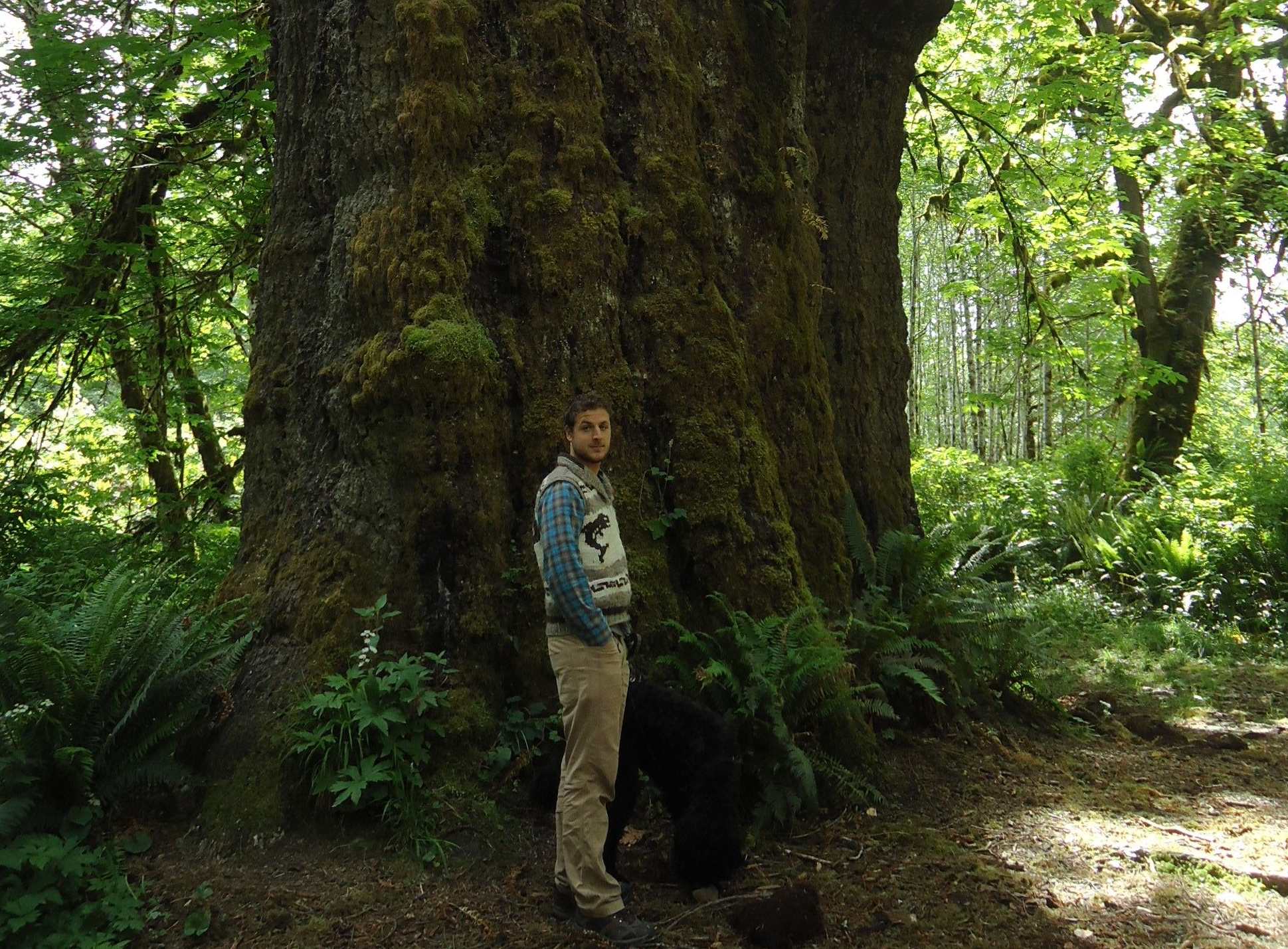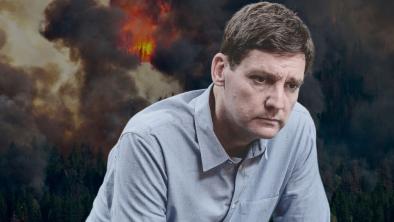Our Opportunity to Leave a Legacy

The Victoria Naturalist
(from the Victoria Natural History Society)
By Torrance Coste
Sept-Oct 2012
Vancouver Island is known the world over for its breathtaking, unique, and often pristine natural areas. From discipline-leading biologists to veteran mountaineers to kids on their first camping trip – any who visit the Island’s wilderness areas understand how lucky we are to have them.
As an environmentalist, the preservation of Vancouver Island’s natural ecosystems is of profound importance to me. Our environment is worth preserving wholly for its own sake, but also to inspire and ground us as we develop. If we hope to move to more sustainable, environmentally responsible ways of living, we will need relatively undisturbed ecosystems to remind us what this coast was like before European contact and industrialization, to give us something to strive for. By minimizing the contrast between industrial and natural landscapes, I believe we can mitigate our impact on the global environment and move towards the solutions to some of the world’s most dire environmental crises. Here on Vancouver Island we have protected some of our natural history. Our parks, from the jagged peaks of Strathcona to the pounding surf of Pacific Rim, to the splendour of Carmanah-Walbran, are the wonder of all who experience them.
But frankly, we’ve not enough. Our protected areas are too few, too fragmented, and too unrepresentative of the Island’s ecosystems.
Approximately 13% of Vancouver Island is under some form of protection – half of that in a single park. The low-elevation valley bottoms, where the highest levels of productivity and the largest trees are found are hardly represented in our parks, and as a result, have been logged almost completely. Less than 10% of the valley-bottom old-growth on Vancouver Island remains intact.
In terms of area protected, we lag far behind other international jurisdictions, such as Bhutan, Tanzania, and Venezuela – all of which have protected over 30% of their land base. We simply have to do better. Industrial development pressures will only increase, as the Island’s population grows and natural resources become scarcer in other parts of the province, the country, and the world. Right now will be our best – maybe our last – chance to expand our protected area network.
The Wilderness Committee is calling for the doubling of Vancouver Island’s protected areas; to conserve our natural history for future generations and bring us closer to other international jurisdictions. As we look to expand existing protected areas and protect new wildernesses, the focus will be on endangered ecosystems and species. Old-growth temperate rainforest is one of the rarest – and most valued – ecosystems on earth, and as more and more of it falls to clearcutting, the wildlife it supports also becomes endangered.
Here this campaign begins to blend with other long-time initiatives of the Wilderness Committee, such as the creation of stand-alone endangered species legislation for B.C., and a ban on all old-growth logging.
Locating and choosing areas worthy of protection is a huge task, and obviously cannot be done from my desk. Part of my job is connecting with allies up and down the Vancouver Island area, often visiting their communities and seeing the wilderness areas that matter most to them. This is by far the best part of my job. I meet local activists whose organization and commitment is surpassed only by their passion for and knowledge of the natural history in their area. By working together with these communities, I hope to raise awareness about just how much wilderness on the Island is still without protection, and encourage people to demand their government leadership take action to conserve our natural history.
To list all of the gems that deserve protection on Vancouver Island would take weeks, but here are a few examples that are close to my heart.
Less than an hour from Victoria stands a grove of oldgrowth Douglas-fir and western hemlock on the Koksilah River. The giant trees tower skyward above massive sword ferns, salal thickets, and deep blankets of moss. And amongst the rich flora of this stunning ancient forest grows environmentalism itself. From the loggers who came across the grove in the 1980s and refused to cut the giants, to local grassroots activists who’ve fought for them on an ongoing basis for decades, this special place stirs our emotions and demands a kind of loyalty from all who visit. People leave the grove proud that a forest like this still exists so close to urban areas, and with a great desire to see it protected.
Old-growth Douglas-fir stands in the Coastal Western Hemlock zone are one of the rarest ecosystems in Canada and most under-represented in our parks. This grove is unusually accessible, a chance for us all to see how our forests used to be. It stands near – but not inside – a provincial park and is still at risk of being logged.
Another community I’ve visited for this campaign is Cortes Island – the gateway to Desolation Sound and a truly unique environment. Eight percent of Cortes is owned by corporate logging giant Island Timberlands. The company plans to clear-cut and liquidate their holdings – some of the most ecologically significant land on the island – in the next few decades. In the Island Timberlands parcels on Cortes stand stunning old-growth Douglas-fir, redcedar, Sitka spruce, hemlock, and maple trees, as well as many rare and endangered species like the otherworldly ghost pipe, the majestic Gray Wolf, and even the elusive Northern Flying Squirrel. These forests also contain salmonoid-bearing streams and are adjacent to existing protected areas, and therefore could become legitimate wildlife corridors on the small island.
What makes Cortes unique is the fact that some of the community groups have actually committed to purchasing these sensitive areas as park lands, along with their municipal government, the Strathcona Regional District. Thus far, Island Timberlands has refused to cooperate.
With so many unbelievable areas on Vancouver Island, protecting enough of them can seem like a tall task at times. But this is the discussion we need to be having. Doubling our parks will help maintain our status as one of the world’s premier wilderness areas. It will provide security to tourism and other more sustainable industries. As we look to transition to less environmentally destructive ways of life, we will need wilderness areas in their pre-contact state to inspire us to develop more sustainably. From the culture-steeped shores of west Nootka Island, to the breathtaking upper Walbran Valley, to the legendary Clayoquot Sound: these areas need to be preserved as monuments to future generations, living natural history.
Here on Vancouver Island we have a rare opportunity to do something incredible. If we rise to the challenge, we will have done more than conserve world-class wilderness areas. We will have protected an essential part of ourselves, our past, and our future.
For more information or to get involved, please visit us online at http://wildernesscommittee.org/ or drop by the Victoria office in Fan Tan Alley, call 250-388-9292, or email torrance@wildernesscommittee.org.


